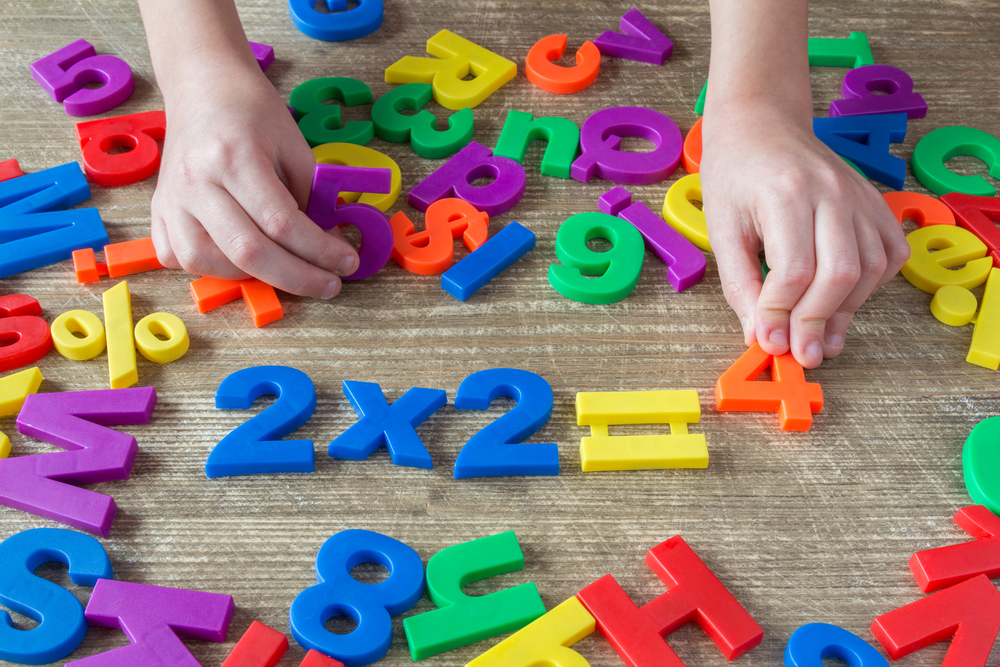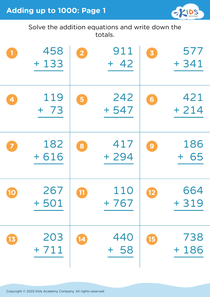Visual discrimination Sorting Worksheets for Ages 4-9
3 filtered results
-
From - To
Unlock your child’s potential with our Visual Discrimination Sorting Worksheets, crafted for ages 4-9. Perfect for sharpening essential skills, these worksheets foster keen observation and critical thinking by encouraging kids to identify differences and similarities among various objects. Tailored to fit young learners, the activities promote cognitive development and enhanced attention to detail, helping kids excel in both academic and everyday tasks. Developed by experts, these engaging and educational resources provide a fun and interactive way for children to improve their visual processing and problem-solving skills, laying a strong foundation for future success.
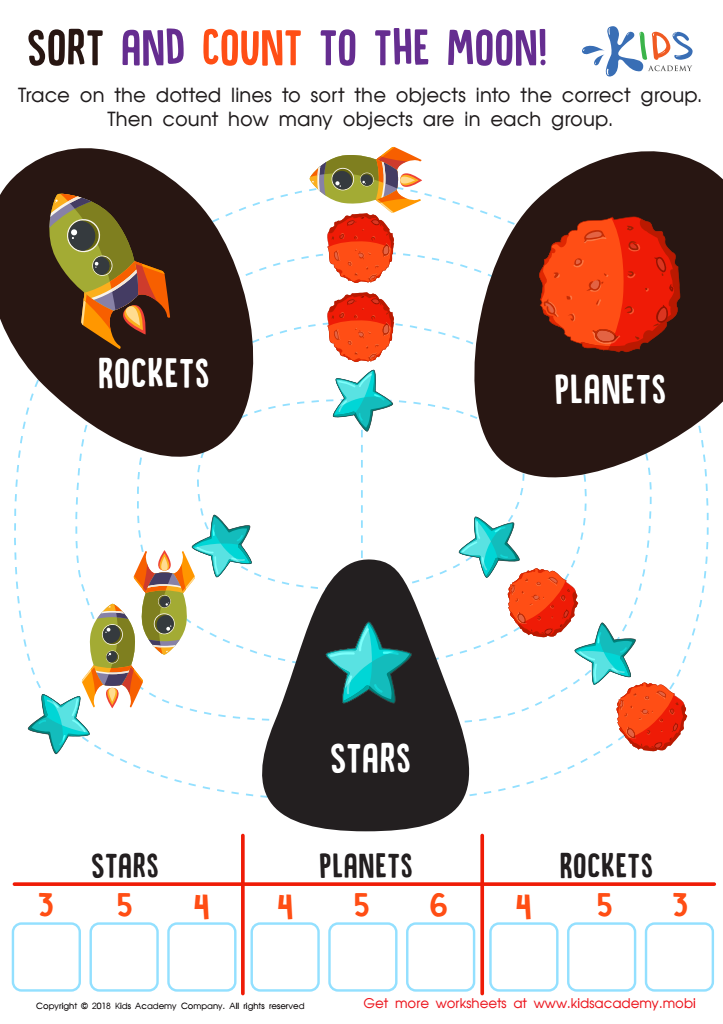

Sort and Count to the Moon Worksheet
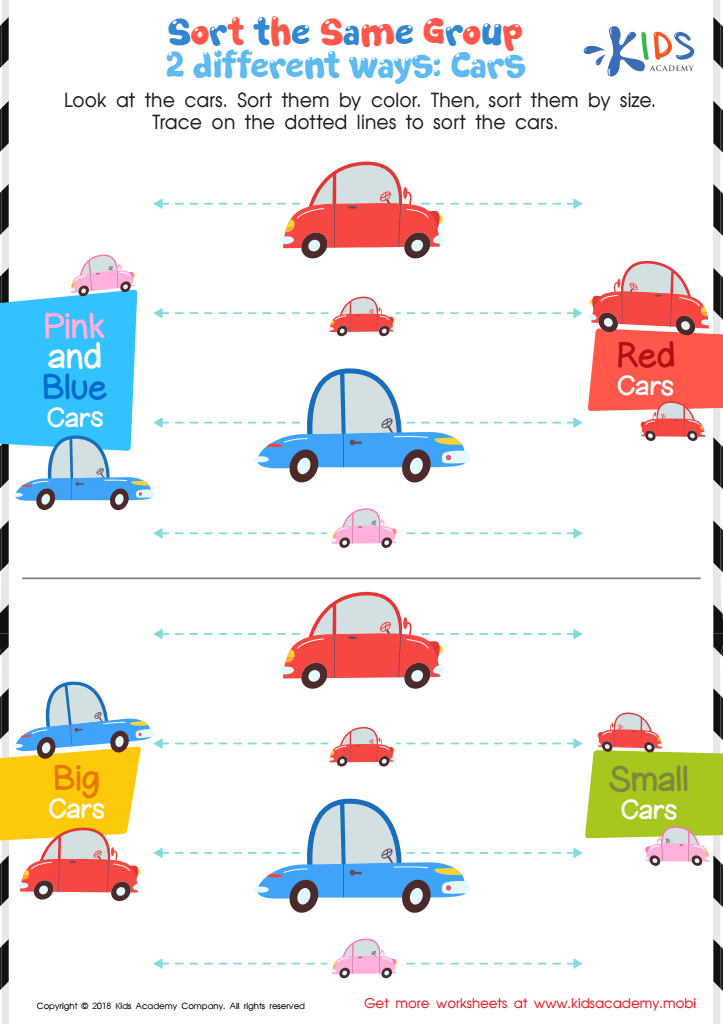

Sort the Same Group 2 Different Ways: Cars Worksheet
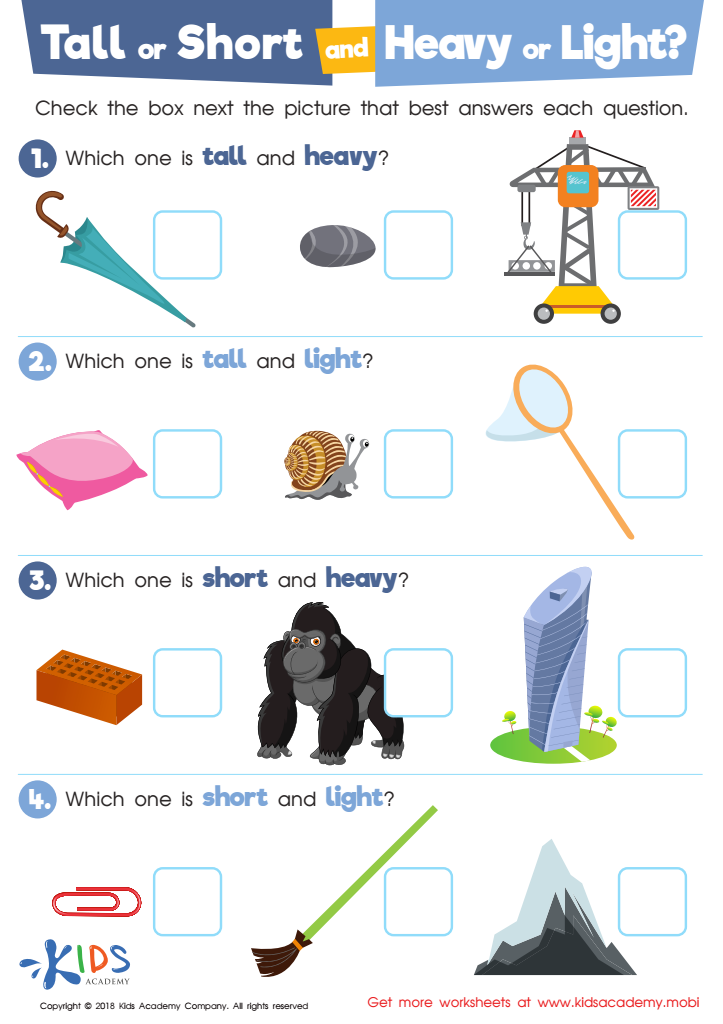

Tall or Short and Heavy or Light? Worksheet
Parents and teachers should care about visual discrimination sorting for ages 4-9 because it plays a crucial role in young children’s cognitive development and learning. Visual discrimination is the ability to notice and compare the features of different items, which aids in recognizing patterns, differences, and similarities. This skill is foundational for reading, mathematics, and overall academic success.
By engaging children in sorting activities based on shapes, colors, sizes, or patterns, parents and teachers help them develop attention to detail and improve their observational skills. Such exercises allow children to practice critical thinking and problem-solving by classifying objects and understanding relationships between them.
Moreover, visual discrimination sorts enhance fine motor skills and hand-eye coordination as children manipulate various items. It promotes language development as children learn to label and describe the attributes of sorted objects. For instance, when a child recognizes the difference between similar letters like 'b' and 'd', or distinguishing between numbers, they are more likely to excel in reading and mathematics.
Overall, integrating visual discrimination sorting into early childhood education helps establish a solid foundation for future learning by promoting cognitive, motor, and language skills, making it an essential focus for educators and parents supporting young children's development.
 Assign to My Students
Assign to My Students






